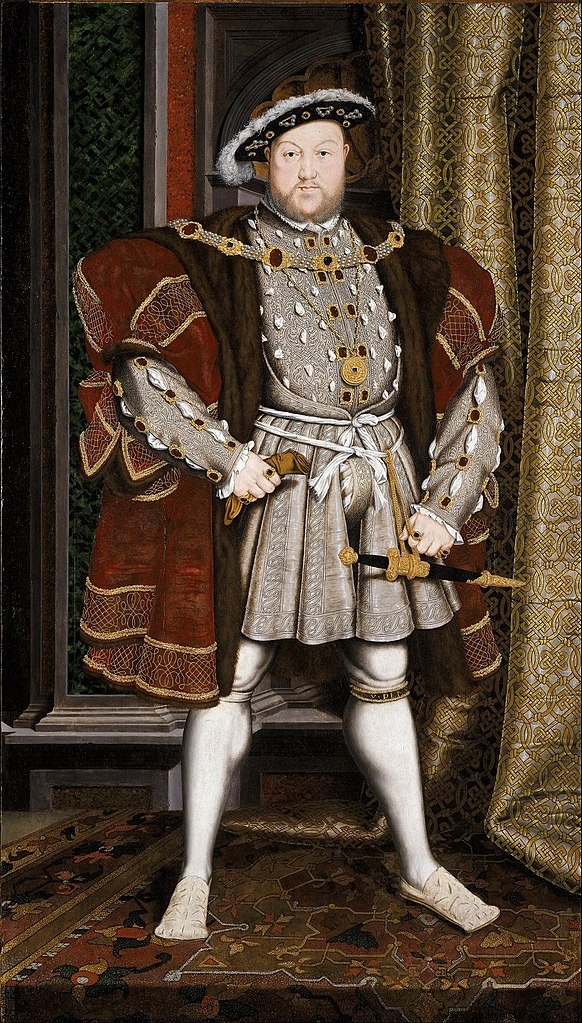- The colorful character of Henry VIII, grand in his heritage but feared during his reign, partly explains the Anglican reform.
- When he came to the throne of England in 1509, Henry VIII was a devout Catholic. He opposes the Lutheran reform of 1517 and drives out the Protestants who nevertheless develop particularly in England.
- But this king who wants to be great and enlightened wishes a Reform of the Church like that advocated by the humanists.
1534

Characters
Henry VIII
Clement VIII
Procedure
Married for ten years to Catherine of Aragon, from whom he is unable to have a son, Henry VIII asks Pope Clement VIII to annul his marriage in order to be able to marry his mistress Anne Boleyn. The pope refuses.
Henry VIII therefore appoints Thomas Cranmer (one of his relatives) Archbishop of Canterbury and obtains from him the dissolution of his marriage. The King is excommunicated by the Pope.
The following year, in 1534, Henry VIII had Parliament pass the Act of Supremacy, which made him the head of the English Church:this was the schism and the severance of diplomatic relations with Rome.
At first the Anglican Church differed little from the Roman Church; it is a kind of third way between the relatively tolerated Protestantism in England and the excesses of the Church.
But it is also a political solution (it allows to be freed from Rome and to control its Church) and economic (the goods of the Church now belong to the crown).
A little later during the reign of Edward VI, the Anglican Church will approach Calvinism.
Consequences
- England is getting closer to the countries of the North, Protestants, and is changing the game of alliances in Europe.
- King Henry VIII will have six wives, two of whom will be beheaded.
